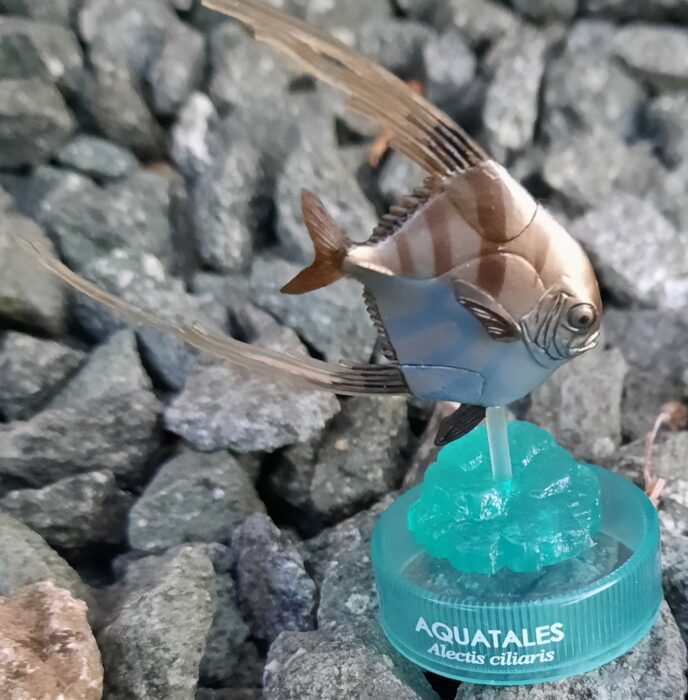Welcome to another “Savanah Summer”! Being a large continent, there are many places where Africa connects to oceans, in fact both the Pacific and Indian oceans are there. Thus, there is a huge amount of aquatic life, be it mammals, birds and, naturally, fish. Fish never tend to be as popular on toy shelves (unless it’s part of the shark family), so it’s always nice when a company makes more common fish.
Crucifix Crab, small (AAA)

Review and images by Bruhmingo; edited by bmathison1972
My passion as a collector is most geared towards replicas cast from real specimens, and AAA is perhaps the best known producer of such models. AAA is a rather mysterious company that produced many of our favorite cast replicas. While this means exemplary detail, it is often incredibly difficult to identify the species a figure is representing, usually due to mislabeling or an inaccurate paint scheme.
Bullock’s Nudibranch (Incredible Creatures by Safari Ltd.)
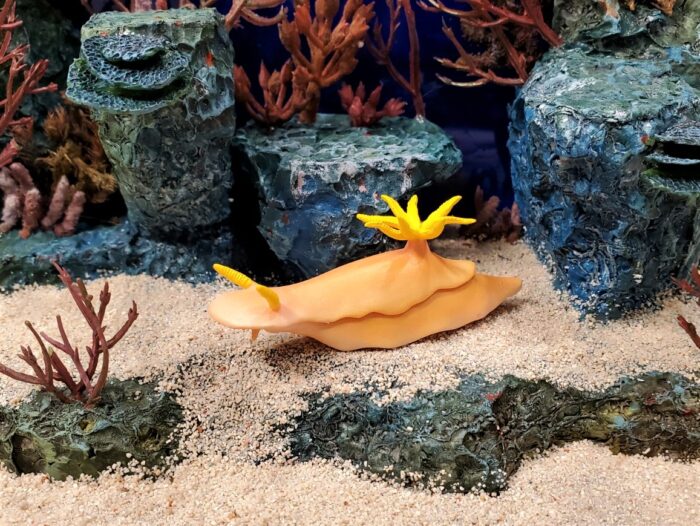
Bullock’s nudibranch (Hypselodoris bullockii) is a colorful and familiar sea slug from the Indo-Pacific region. They are benthic in nature and are often associated with coral reefs. It turns out, many historical records of H. bullockii are incorrect, due to morphologic confusion with other species in the bullockii-complex.
Leatherback Sea Turtle (Marine Life by Papo)
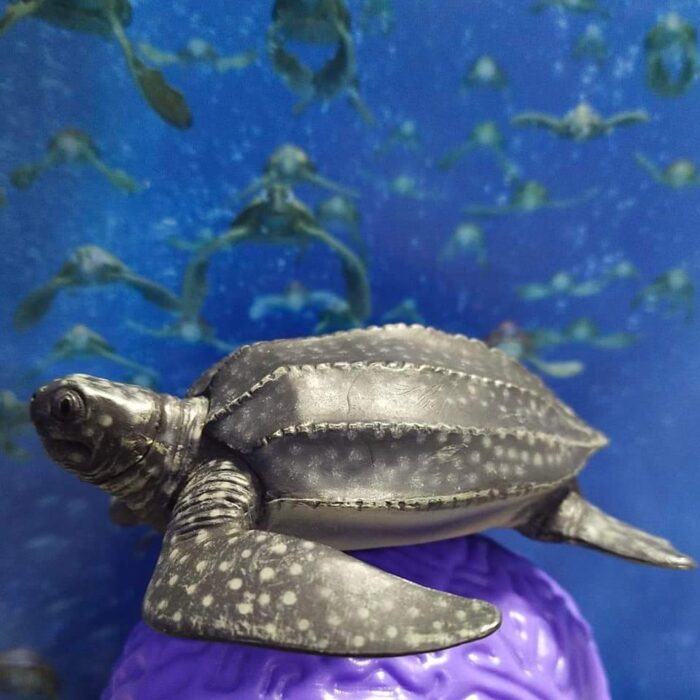
Review and images by JimoAi; edited by bmathison1972
The leatherback sea turtle (Dermochelys coriacea) is a species of sea turtle and the sole member of Dermochelyidae family. It is the largest and heaviest reptile alive today that isn’t a crocodilian (disclaimer: while many snakes like reticulated pythons and anacondas are twice the length of these turtles, they are way lighter).
Giant Squid (Adorables by Adore Plush)
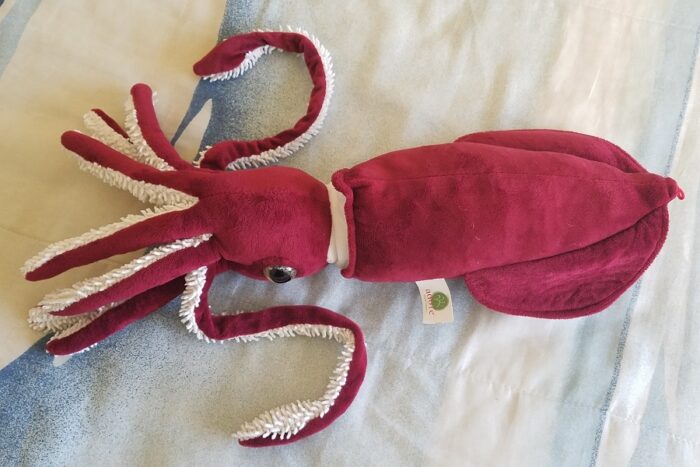
Review and images by Fembrogon; edited by bmathison1972
Hello, Animal Toy Bloggers! My name is Fembrogon, from the Dinosaur Toy Blog. Although the vast majority of my creature collecting has been devoted to extinct life, there are plenty of extant animals which have long been a source of fascination as well.
Winged Argonaut (Kurosio Komekko Series 1 by Kaiyodo)
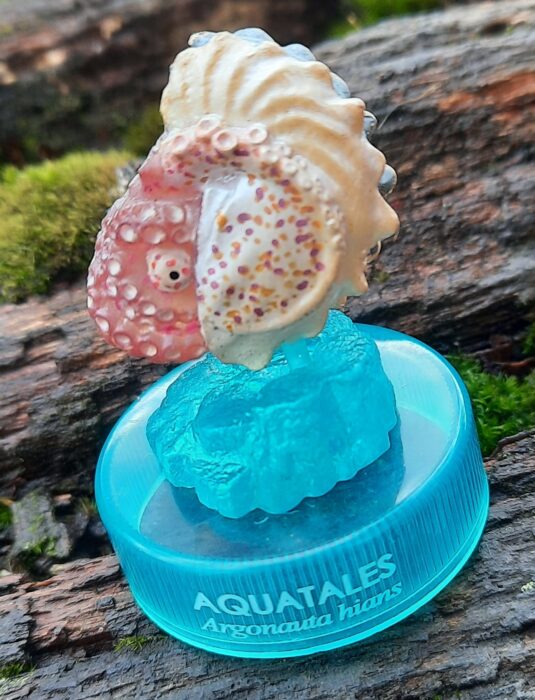
Of the various classes of animals, Cephalopoda is among the smartest and most intriguing, the tentacled forms having taken many forms over the millennia. Often there are shelled forms, like the ammonites and Nautiloids. Another, coming from the same groups as octopus, are Argonauts, or paper nautiluses, as the shelled females have very brittle shells, where as the males lack shells.
Backside of the Rays (Kitan Club)

Review and images by JimoAi; edited by bmathison1972
Japan has produced many well made animal figures for both accurate and for comical situations, like animals at work or sleeping animals. In these scenarios, it’s usually land mammals that get these treatment, but occasionally reptiles, birds, and fish will join the roster.
Tropical Fish Market (Okinawa Bussan Exhibition by Kaiyodo and Sapporo Beer)
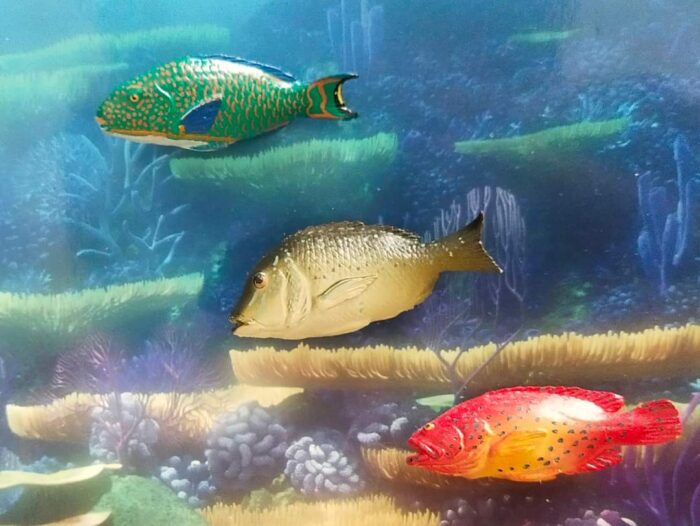
Review and images by JimoAi; edited by bmathison1972
Kaiyodo is a well known brand in Japan and throughout the world for their often small but highly detailed figures. They do make well known species but where they truly shine is in their unique and obscure species, especially in the Choco Q, Natural Monuments of Japan, Dinotales, and Aquatales lines.
Blue Whale (Scientific Art Sculptures by PNSO)
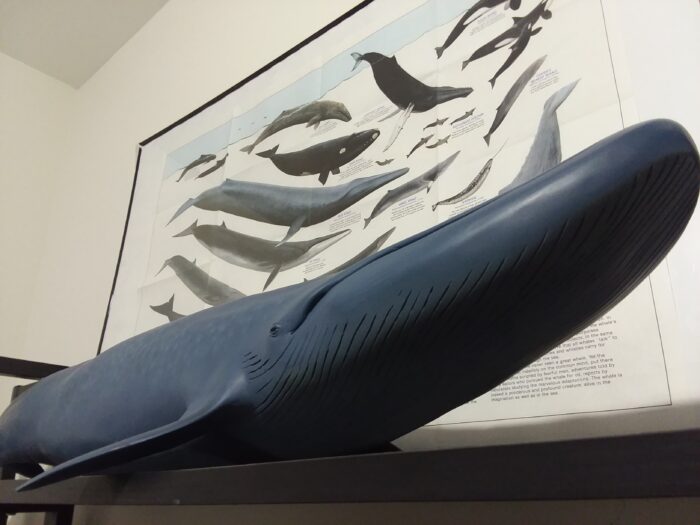
74 years ago from this very day, Lt. Col. Waldon C. Winston witnessed and documented what he noted as the largest whale to have ever been weighed. Winston was aboard the Kyo Maru No.6. during the 1947/48 Antarctic whaling season as an observer to ensure the Japanese whalers complied with the International Whaling Regulations and directives issued by General Douglass MacArthur.
Bottlenose Dolphin, adult and calf (Monterey Bay Aquarium by Safari Ltd)
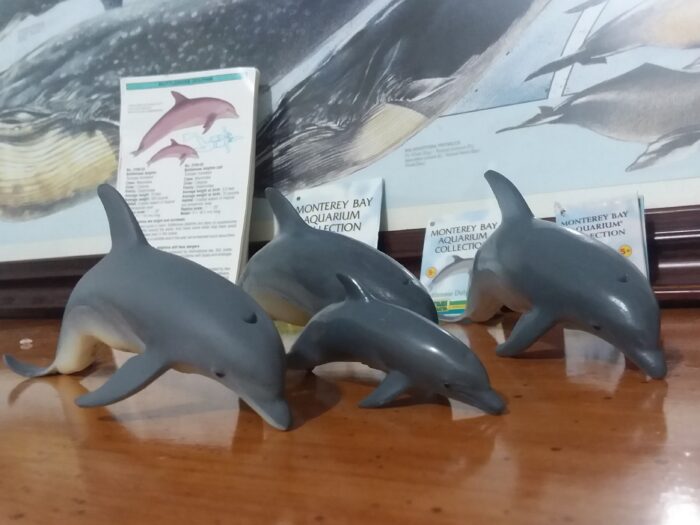
Zebra Shark (Sealife by CollectA)

Review and images by EpicRaptorMan; edited by bmathison1972
This is one of my favorite shark species, made by CollectA (88614), the leopard shark! Er…wait that isn’t right…my editor is telling me it is actually a zebra shark!? Which dunderhead decided that was a good name? Well, apparently there is quite the fascinating story behind this common name.
Commerson’s Dolphin (SeaWorld)
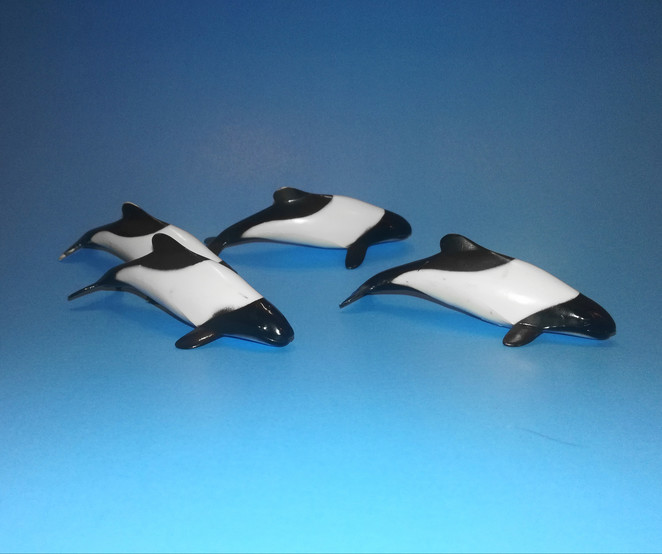
Review and images by EpicRaptorMan; edited by bmathison1972
This small dolphin is known from an assortment of common names some of which include: the panda dolphin, skunk dolphin, jacobita, and Commerson’s dolphin, just to name a few. This cetacean was first described in 1767 by the French naturalist Dr. Philibert Commerson while exploring the waters around the southern tip of South America and was scientifically named Cephalorhynchus commersonii in 1804.

